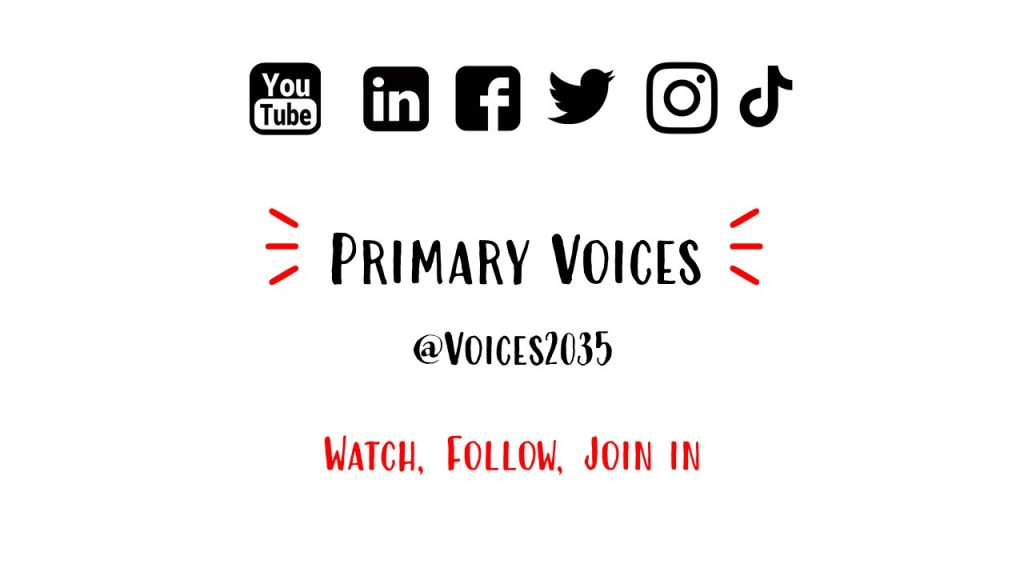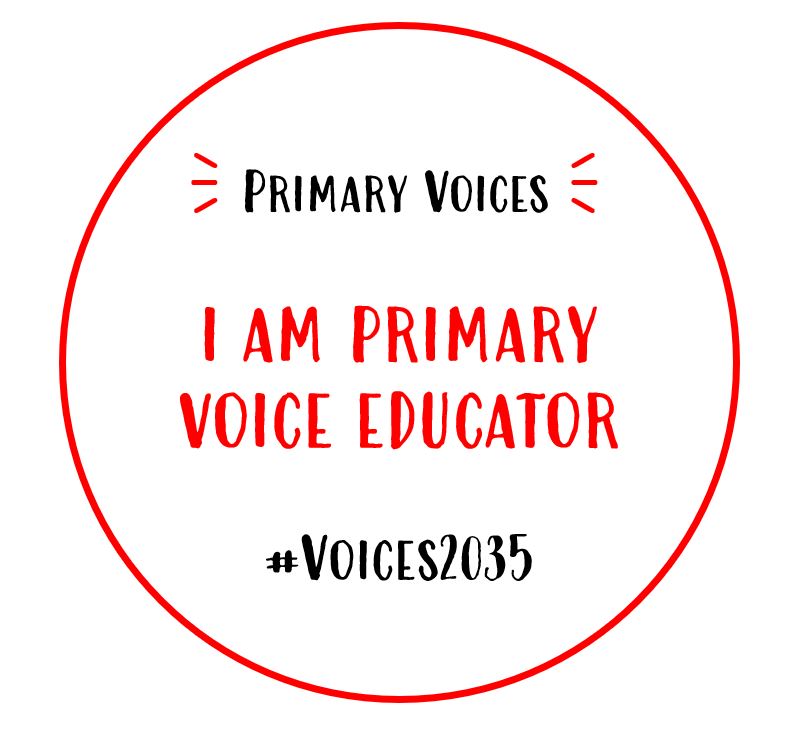Most people are now aware we are facing a Climate Crisis. Despite this too little is being done by too few.
Primary Voices uses plain language to provide key facts and more importantly demonstrates how everyone is part of the solution.
The education materials are aimed to initiate discussions in homes and schools. Each short YouTube clip is accompanied by a Worksheet. Check out the index of resources.
The public and in particular young people are our Primary Voice and they can use @Voices2035 to make real change.

Become an Educator
Train others… For Teachers, Parents and Ambassadors. Find out how you can best utilise the resources to accelerate change and give hope to those with climate anxiety.
Educate the Educators’ course at http://voices2035.eventbrite.co.uk
Or if you wish to self-train you can check out YouTube and accompanying Worksheet, please fill in the Self Taught Form.

Self led lesson plan – primary students
This self led lesson plan contains links to materials….
Introduce the Civil Engineer
Look at what Paula does for a job and some questions answered
The children can watch Adventure with Lottie
Introduce climate change – increased temperature, weather changes
Talk about how it makes them feel – normally sad/mad/bad
Ask them to pledge to do something to be part of the solution
Get them to think about changes they can make everyday as doing something good makes us feel better whilst solving the problem
Watch Everyday to give them some ideas
Look at the other two Lottie books which also has ideas, they are free to download
Then persuade them to share what they known
Shout is a call to action to talk / share (kindly)
Templates for posters, social media and other
It would be good if you can complete a Student Training Form
Self led worksheets – secondary / FE students
All worksheets supplemented by YouTube clips.
• The Energy-Balance Model – Find out how maths can be used to model the earth’s temperature, using the energy-balance model.
• Melting Ice – Find out how lines of best fit can be used to make predictions about the future of climate change, and the dangers of extrapolation.
• Carbon Footprints – Find out how to calculate your carbon footprint from your journeys to and from school, and the impact you could have by walking or taking the bus.
